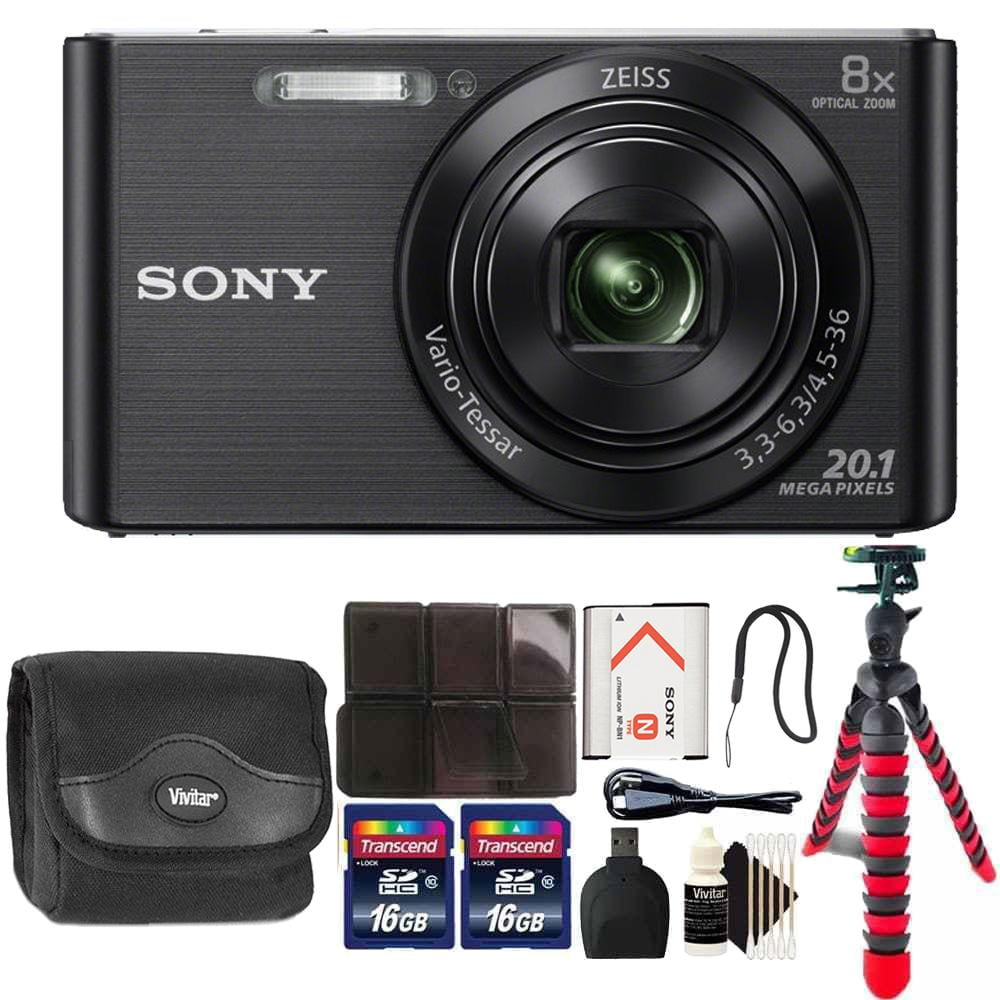


This feature also benefits low-light photography by allowing the use of longer shutter speeds with reduced risk of image blur from camera-shake.Sony's Real Imaging Processor circuitry is incorporated in the model for better battery efficiency, more responsiveness and high quality movie taking, while seven preset scene modes allow quick selection of the best setting for specific shooting conditions. Making the most of this telephoto reach, Sony's Super Steady Shot optical image stabilization feature counteracts camera-shake to ensure sharp images.

A five megapixel, Super HAD CCD imager, 12X optical zoom lens and a large 2.5-inch LCD are just a few of the features on this model that are sure to please even the choosiest photo buff.With a focal length range of 36 - 432 millimeters (a 35mm equivalence) the DSC-H1 camera lets you frame distant objects with ease.This is important because to achieve that rapid 24fps, the RX100 V has to use its electronic shutter there’s an option to solely use the mechanical shutter, but this is limited to 10fps. The faster readout speed from the sensor and LSI reduces any distortion that may occur in fast-moving subjects, as the scene is scanned on the sensor from top to bottom, rather than a whole snapshot of the scene being taken with a mechanical shutter. While the RX100 V has a mechanical shutter that can be used with shutter speeds up to 1/2000 sec, there’s also an electronic shutter that kicks in at speeds above that, up to 1/32000 sec. This also has a benefit when shooting stills. Now oversampled from 5.5K (5,028 x 2,828 pixels), footage promises to be even sharper that we saw from the RX100 IV, while the even faster sensor readout that enables the RX100 V to shoot at 24fps should also suppress the effect of rolling shutter (that horrible jello effect when shooting some moving subjects) in captured footage. While the RX100 IV was capable of shooting 4K video footage, the V takes this one step further.


 0 kommentar(er)
0 kommentar(er)
